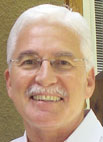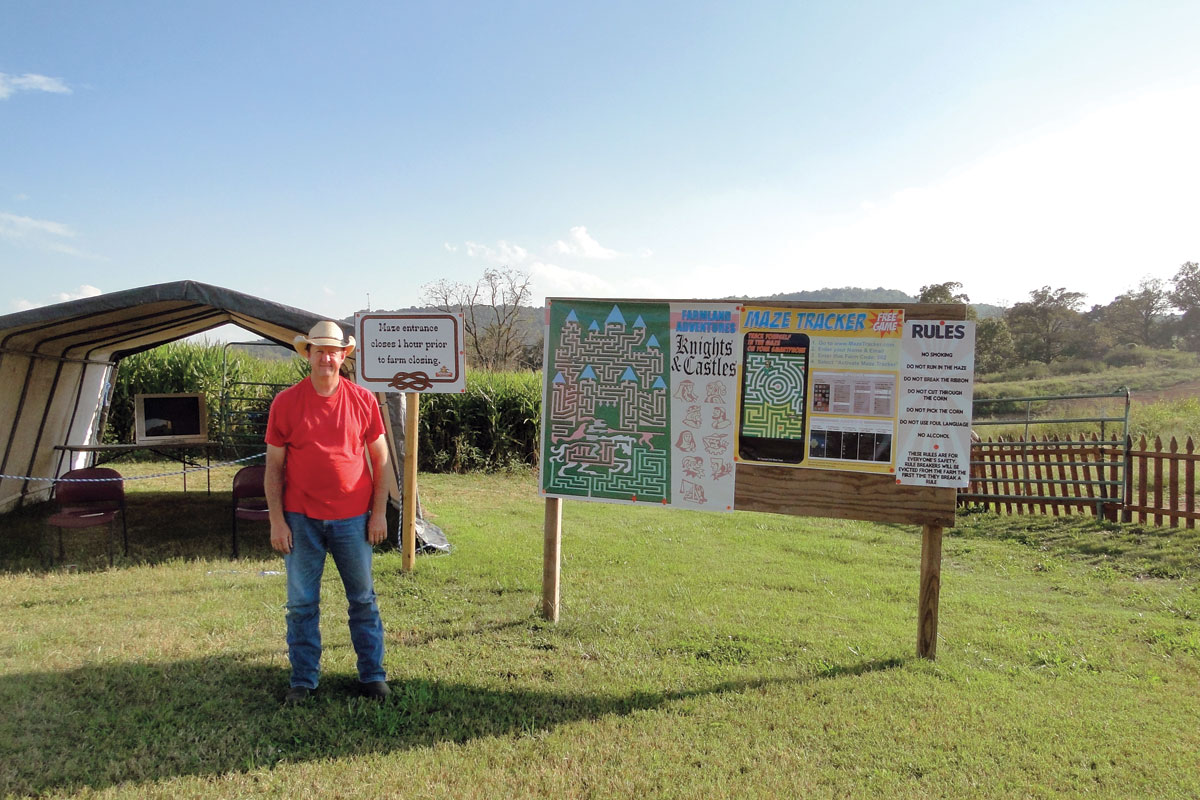
Manuel Barnes has spent his life trying to be a good steward of the land. Manuel received his degree in Zoology from the University of Arkansas. He worked with the Corps of Engineers for 13 years in two of their district offices and at their main laboratory in Vicksburg, Miss. Manuel also received a Master of Science specializing in Water and Land Resource Planning from Colorado State University. Manuel formed EGIS, Inc., an environmental consulting firm, in 1990.
This experience has left him with a wealth of information for his farming neighbors. “The farmer has traditionally had a lot of common sense,” Manuel said. “A good practice is to leave vegetation along streams. If trees have been removed along a stream, it is wise to replant,” he said. Manuel also said it is important to have herbaceous vegetation adjacent to a stream, too. Restricting the accessibility of their animals to select areas instead of all along (the stream or river), is another way farmers can protect their waterways,” Manuel said. “This way the animals do not degrade the stability of the stream banks.”
"Also, something a farmer might want to consider is having a constructed wetland downstream from their animal operations to receive their runoff before it ultimately drains to the receiving stream or river,” Manuel said. Check with the local Corps office and the Natural Resource Conservation Service (NRCS) before clearing, draining or manipulating any wet areas. The Clean Water Act now requires people who disturb as little as a tenth of an acre to comply with Section 404 Permits.
“Wetland areas serve as more than just stream protection. They can serve as sinks for sediment or water purification, wildlife habitat, recreational benefit and species diversification,” Manuel said.
The Natural Rescource and Conservation Service has Agricultural Management Assistance (AMA) programs that provide cost share assistance to agricultural producers who address issues such as water management, water quality and erosion control. Producers may construct or improve water management structures or irrigation structures; plant trees for windbreaks or to improve water quality; and mitigate risk through production diversification or resource conservation practices, including soil erosion control, integrated pest management or transition to organic farming.
Manuel suggests farmers contact their local cooperatives and animal science professionals regarding how much fertilization the land can handle. “If the land is not absorbing all the nutrients from fertilizers, it will get into runoff,” he said. If you get too rich in nutrients, you get algal blooms, off tastes in the water and possible loss of species diversity,” he noted. EGIS performed a long-term water quality study of Beaver Lake in the 1990s. They found tracts of land which had very healthy stands of pasture grasses had significantly less run-off during storm events and much of the water was absorbed by the land.







